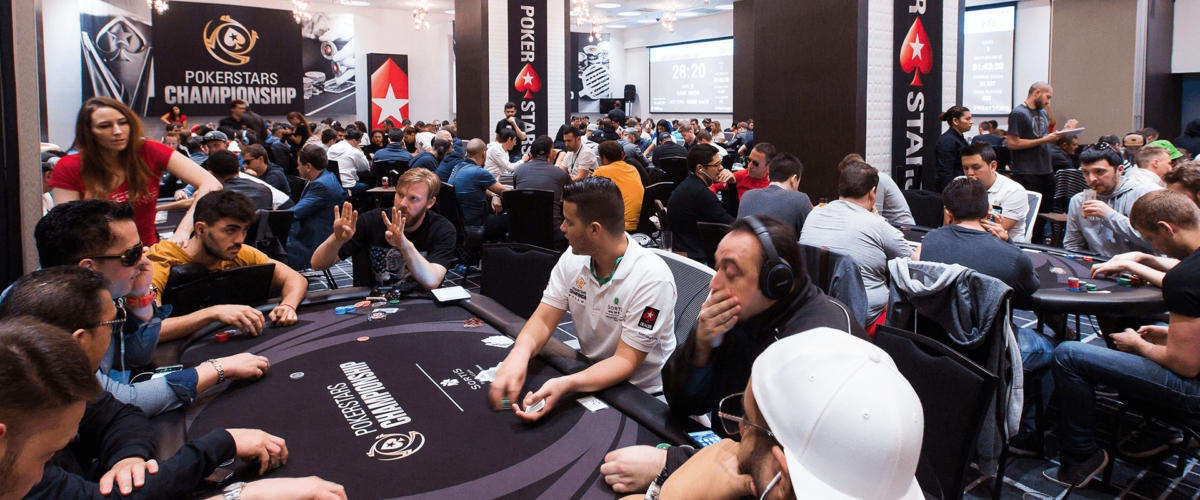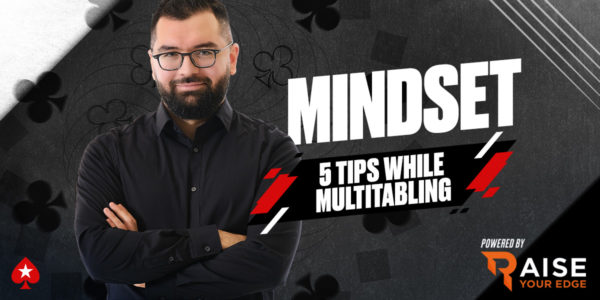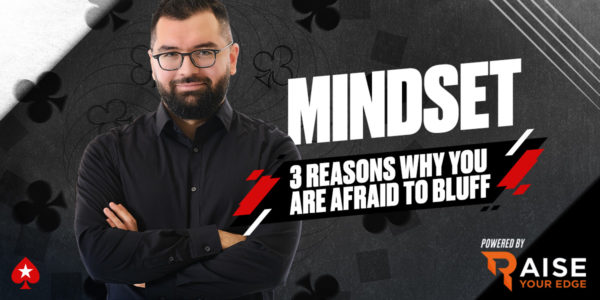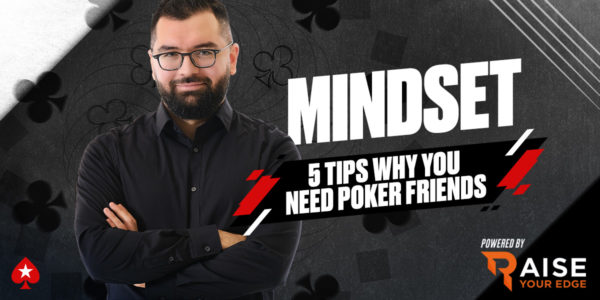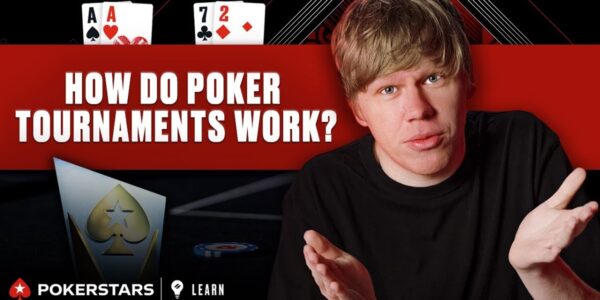Understanding MultI-Level Thinking in Poker
How much thinking goes on in a poker players mind as they play? And what are the different levels of thought happening in a poker game? Let’s discuss in this poker strategy article.
What are levels of thought in poker? This is the old “they know, that I know, that they know, that I know, that they know” arguments that seemingly could go on forever. The further we go the more complicated and complex it gets. Fortunately, in order to be competent in most poker games, you’ll ever play, you don’t need to go that far. So, let’s jump in. First, we will define the critical levels to develop, and then we’ll take about how to implement them properly in the game.
Level 1:
What do I have? This is where we all start as novice players, focusing on our own cards and nothing deeper. We are obsessed with our holding.
Level 2:
What do they have? This is the next step. Not only are we considering our own holding, but are now trying to read and range our opponents as well.
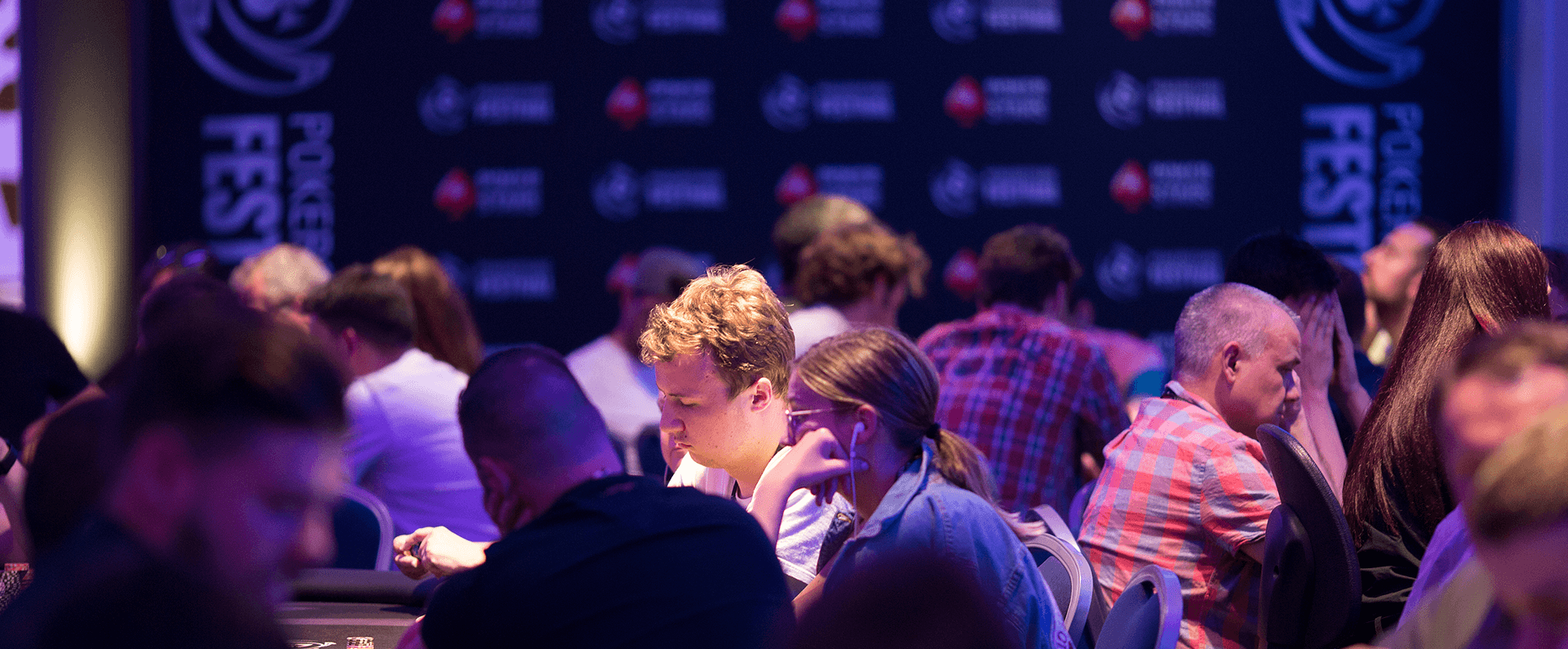

Level 3:
What do they think I have? Now we aren’t just thinking about our hand, or what our opponent has, but also considering what they are putting us on. Considering the board and actions we’ve taken, what does our range look like to our opponent?
Those are the critical levels to work on developing. If you can get really good at these 3, they will serve you in most poker games you’ll ever encounter. Once you have developed a pretty good handle on putting these 3 into practice, you can expand accordingly:
Level 4:
What do they think that I think they have? How does my opponent perceive that I am ranging them? If this sounds complicated now, don’t sweat it… once you have gotten in depth with level 3 thinking, this will make sense and come more naturally.
So, now that we’ve defined what the levels are, let’s talk about the proper way to implement them in game.
Levels of thought are opponent specific. The key is to figure out what level an opponent is thinking on and then tailor your thoughts against that player to be 1 level above theirs. Read that last sentence again, and let it sink in.
Have you ever heard someone express frustration with a “fish” that couldn’t be bluffed? “How could that idiot call me with 2nd pair, the ace of hearts completed the flush draw, it was the perfect bluff card and I raised and they were too dumb to fold! It’s impossible to beat these fish!” No, it’s not impossible; in fact, it’s quite easy. The problem is our frustrated hero is applying level 3 thinking (what do they think I have?) to a level 1 thinker who is not considering what they might have and just playing their own hand (I have a pair!). The proper way to attack this opponent is to think 1 level ahead of them, considering what their range is and your own hand strength relative to that range.
What about a micro stakes tight-aggressive (TAG) regular? They are reasonably adept level 2 thinkers generally, beating up the level 1 thinkers that are prevalent in the recreational micro stakes pool. They are the players that will fold to the river bluff raise that failed against the level 1 fish, because they are thinking about what you have, and thinking on level 3 (what do they think I have?) will serve you well to hold over them.
What about the drunk maniac who is raising and in every pot? People get frustrated because they can’t read them, they don’t know “where they’re at”. That player is essentially Level Zero… they aren’t even considering their cards and are just playing wild and randomly… against them, stick to level 1 thinking, considering your own hand strength and how it fares against a super wide range/random hand, and you’ll do just fine.
If this sounds easy to understand, well done getting your head around it the concept. Implementing this effectively at the tables can get challenging, however. First, you have to identify as best you can what level of thought your various opponents are on. Then you have to consciously tailor your strategy to stay one level ahead of them. Once you’ve got that worked out, you’re going to be a real force in heads up pots. But what about multiway pots? Maybe you get in a 4-way pot with solid level 3, a level 2 reg-fish, and a level one drooler. Can you see where this gets to be complex? Keep working on it though, and not only will you be well ahead of the large majority of your competition who don’t even understand the game in this way, but you’ll be a force to be reckoned with at any table.


